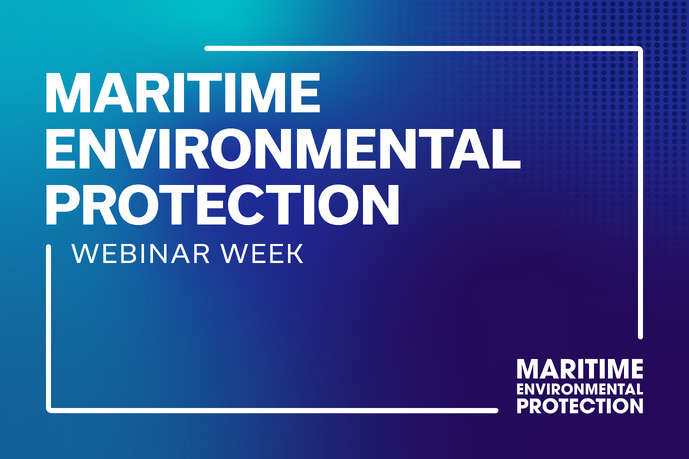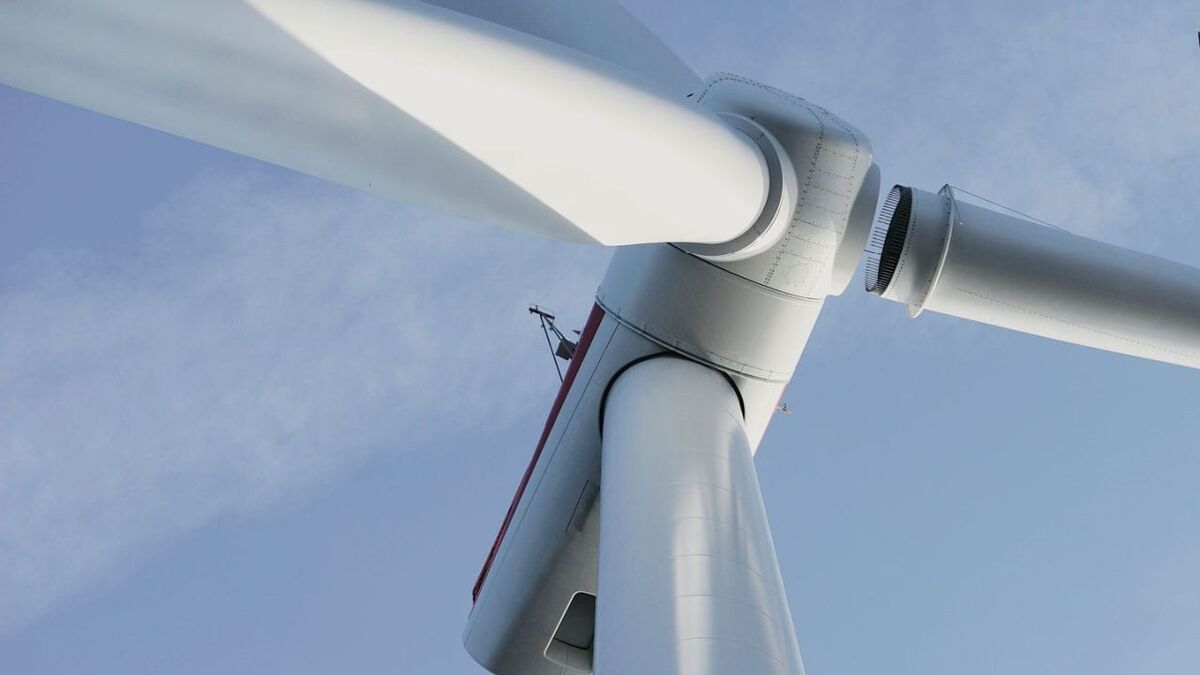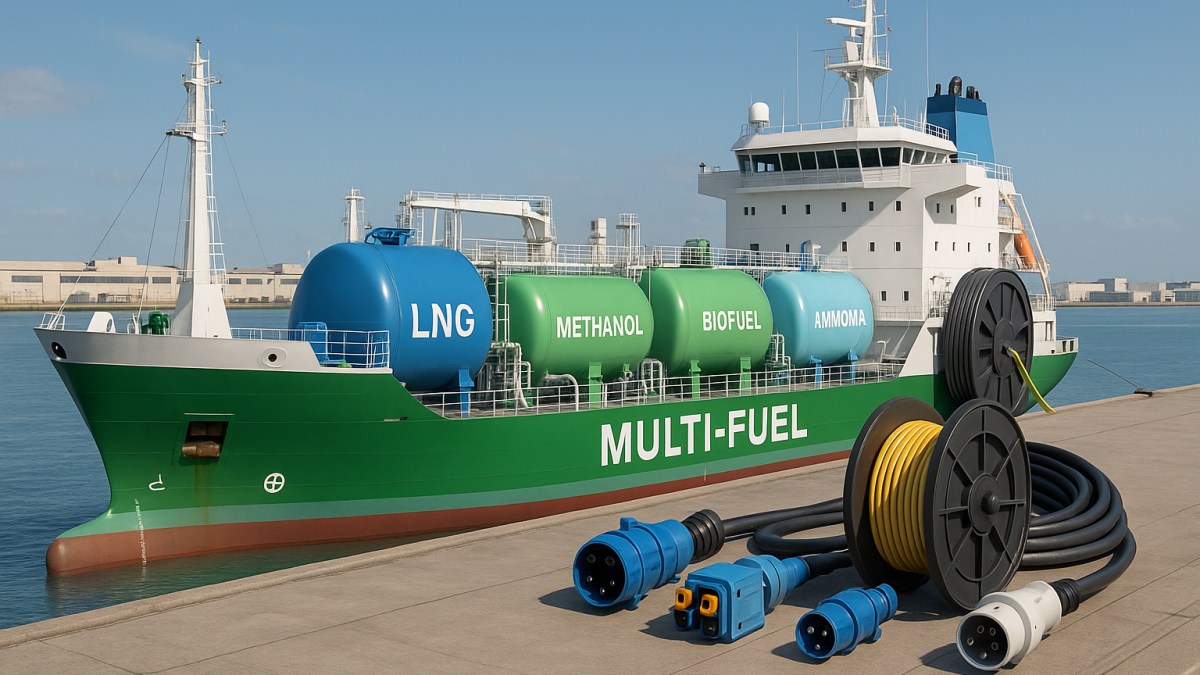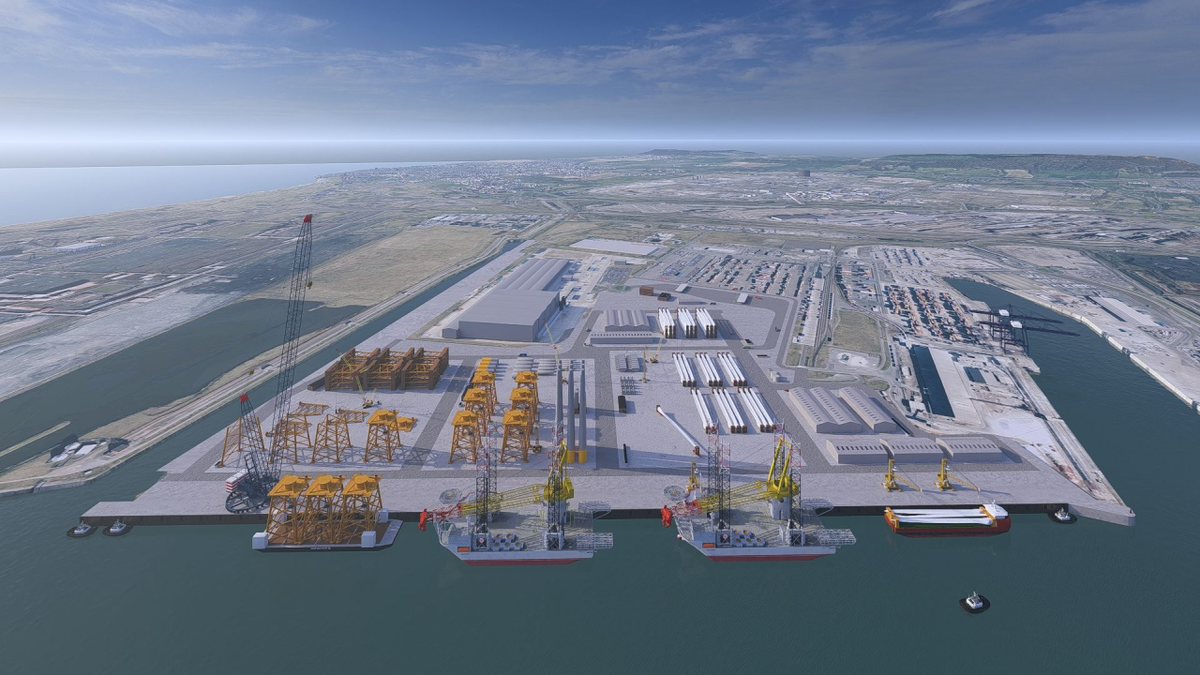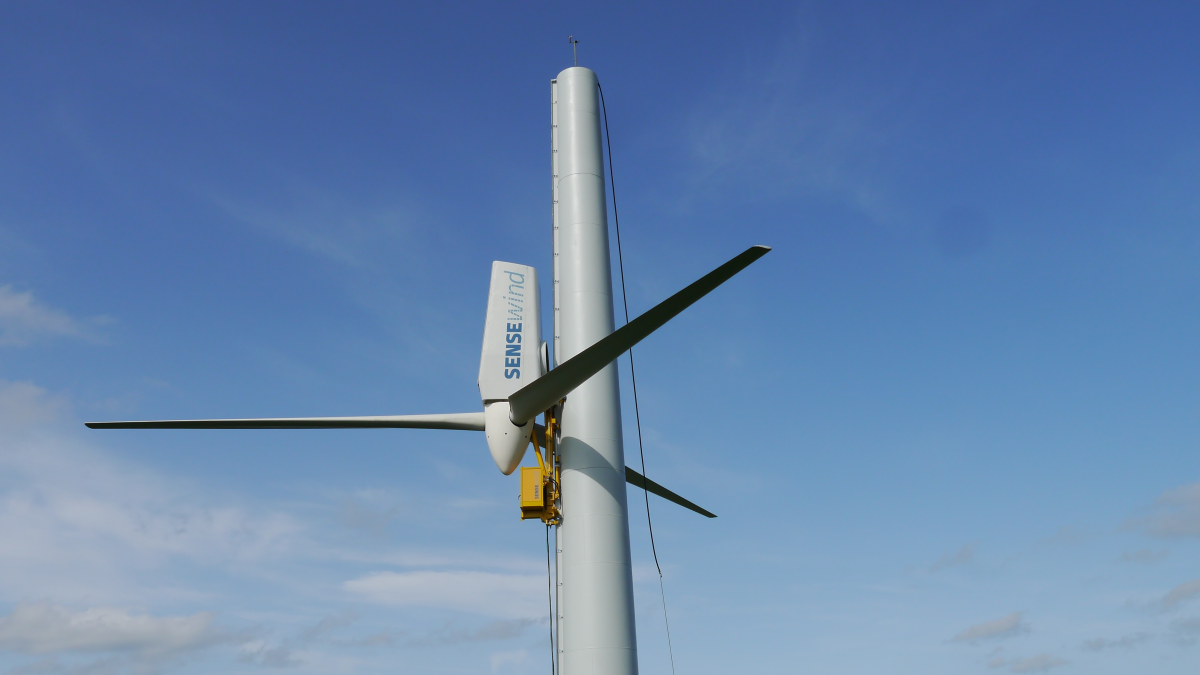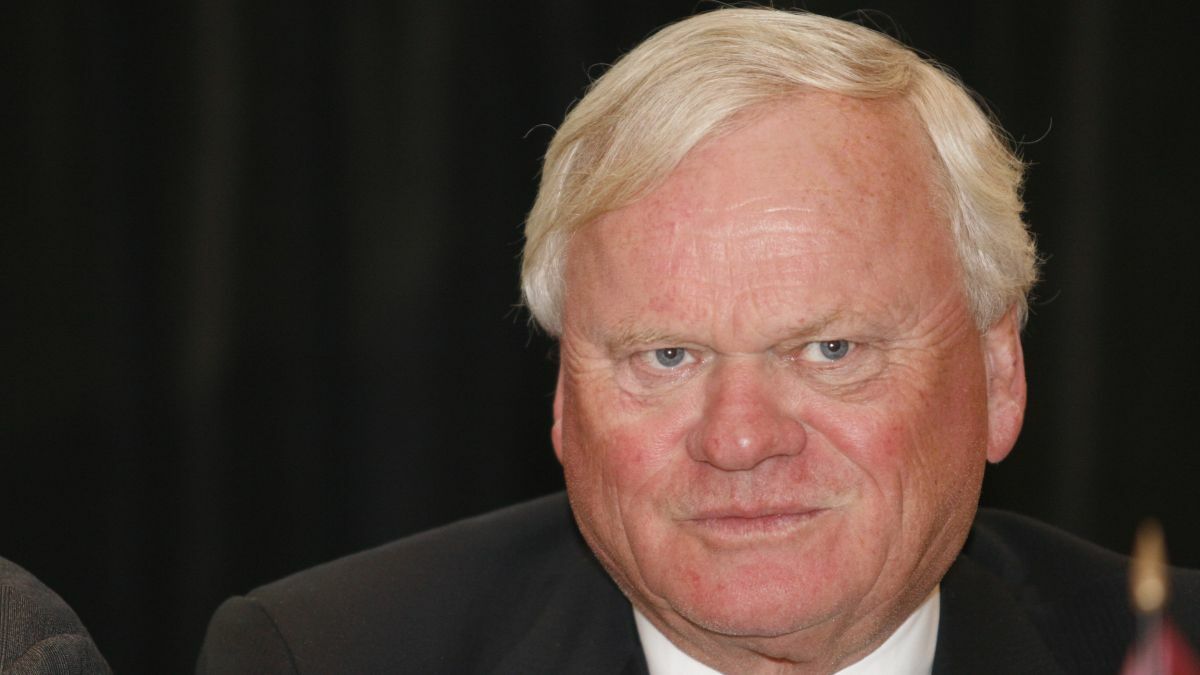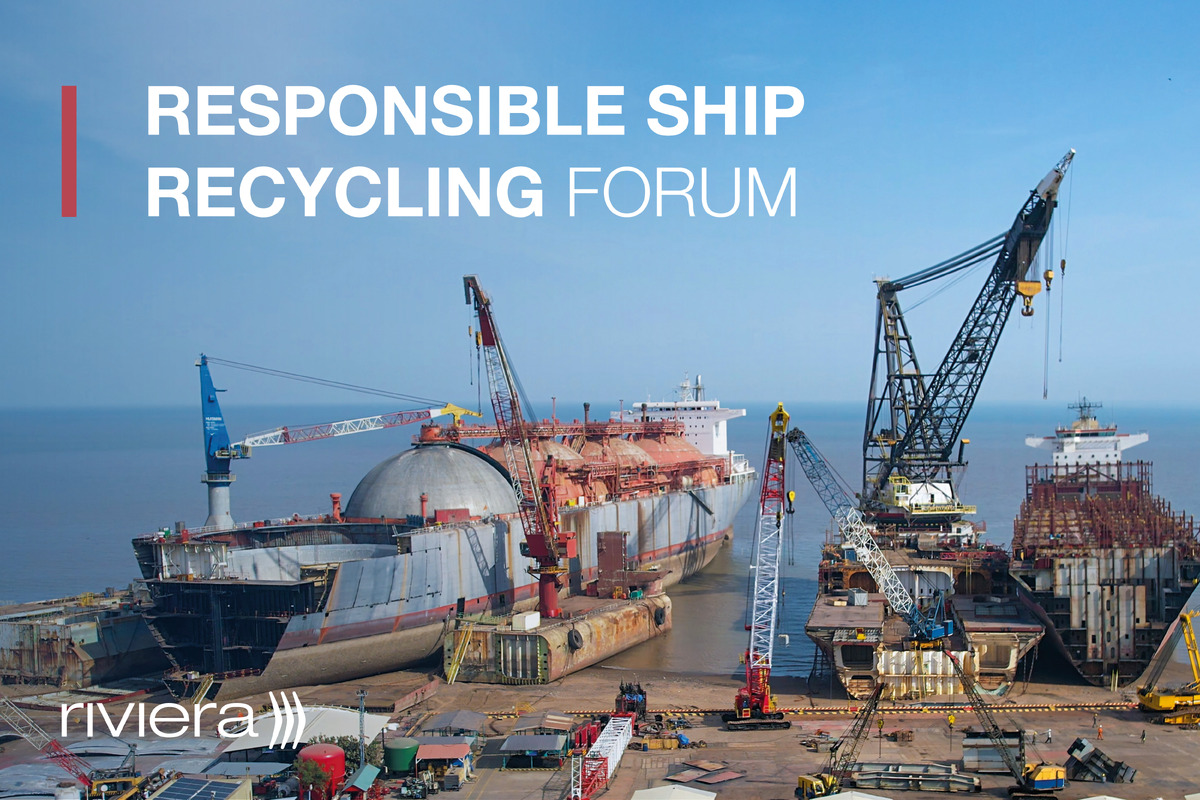Business Sectors
Events
Contents
Global offshore wind growth ‘soaring’ in face of energy market vulnerability
The latest research from The Renewables Consulting Group, an ERM Group company, says the global offshore wind market ‘soared’ in 2022 as a result of energy vulnerability in key markets
According to RCG’s Annual Market Report for Global Offshore Wind, the Russian invasion of Ukraine in February 2022 forced many European nations to rethink their dependence on imported fuels, and many turned to offshore wind as a result.
For example, Germany – due to its heavy pre-war reliance on Russian natural gas – doubled down on its already strong support for offshore wind by adding 36 GW of capacity to its tender schedule.
In total, more than 550 GW of offshore wind capacity was added to the global development pipeline in 2022 in the Americas, Sweden, Australia and China. At the end of 2022, the global offshore wind pipeline stood at 1,250 GW.
ERM partner and global service lead for strategy and markets Breanne Gellatly said, “The Russian invasion of Ukraine reminded every nation of the importance of energy independence and sustainability, and this resulted in increased offshore wind targets and pipelines during 2022.
“As countries continue to further develop their offshore wind frameworks, backed by accelerated renewables targets due to global energy security concerns, the global offshore wind industry is expected to continue to grow at an accelerated rate and expand into new territories.”
The report demonstrates that the countries which have proven seabed lease auctions and tender frameworks in place drive the market. In fact, four countries, China, the UK, US and Germany, comprised 75% of the 145 GW of projects that were in operation or secured offtake power contracts during 2022.
Throughout 2022, the UK and US awarded leases to sites with a combined capacity of 24.8 and 18.4 GW, respectively. Commissioning activity in China continued at a moderate rate, despite the expiry of the national subsidies in 2021.
RCG attributes the global gains to three primary market drivers: auctions, inroads to floating wind technology and expansion into new markets.
Offshore wind auctions occurred across nine markets within EMEA, APAC, and the Americas throughout 2022. Some are for project sites, power contracts and in many cases, both. In total, up to 80 GW of capacity was launched for auction through leasing rounds and subsidy tenders. Both mature and newer markets allocated capacity throughout the year. ScotWind awarded leases to 24.8 GW of capacity while Finland launched offshore wind tenders for the first time.
While fixed-bottom offshore wind still dominates the market, the report finds floating offshore wind development capacity doubled throughout the year. In fact, floating offshore wind now exceeds 20% of the global portfolio total with the UK, Norway and France emerging as market leaders.
More than 170 GW of capacity was added to the global floating offshore wind development portfolio throughout 2022. New floating projects were announced in 15 markets. Floating projects were announced for the first time in New Zealand (3,149 MW), the Philippines (3,100 MW) and Denmark (2,976 MW).
More than 80 GW of capacity was announced in EMEA, further securing the region’s position as the global leader for floating capacity. Notably, significant increases in floating early-stage development capacity were seen in Italy and Ireland.
Increases in the Americas region were attributable to the US, where more than 60 GW of floating capacity was announced. Recent leasing rounds along the Central Atlantic, California, Gulf of Mexico and Oregon promise to open vast new areas for floating wind.
Some emerging markets, such as Costa Rica, Egypt and Turkey have initiated the process of developing offshore wind policy. In 2022, the Costa Rican Electricity Institute announced studies to identify offshore wind potential in the country. The studies are also to explore the challenges, risks, and opportunities in the development, installation, and operation of offshore windfarms. The studies are expected to take place over an 18-month period. Two offshore wind projects in Egypt were proposed in Q4 2022, and if developed, would be the first projects in the country.
For the remainder of 2023, offshore wind auction activity is expected to increase significantly, with numerous countries, such as Spain, Portugal, Lithuania, Norway and India, intending to hold their first offshore wind auctions.
Both Brazil and Colombia want to advance an auction system in late 2023. However, exact details are still being finalised. Brazil especially has seen a rapid increase in early-stage development. Development will remain in early-stages until policies are in place to lease the seabed and encourage development with power purchase tenders or other procurement incentives.
Likewise, Canada is awaiting policy and support to catch up with ambitions. Nova Scotia in 2022 showed notable first steps as it became the first and only province setting out offshore wind ambitions with a target for 5 GW. Tenders for project sites and capacity are targeted for first awards in 2025.
The report notes the lack of leasing and route to market frameworks in countries with early stages of development, such as Brazil, Spain and Sweden, will limit near-term growth of offshore wind deployment in these markets.
As supply chain capacities for offshore wind were already in question before the war, the report’s authors also caution to expect some disruption in supply chain capacity. Supply capacity can be a massive bottleneck to delivering ambitious targets.
Sign up for Riviera’s series of technical and operational webinars and conferences in 2023:
- Register to attend by visiting our events page.
- Watch recordings from all of our webinars in the webinar library.
Related to this Story
Events
Maritime Environmental Protection Webinar Week
Cyber & Vessel Security Webinar Week
The illusion of safety: what we're getting wrong about crews, tech, and fatigue
Responsible Ship Recycling Forum 2025
© 2024 Riviera Maritime Media Ltd.
